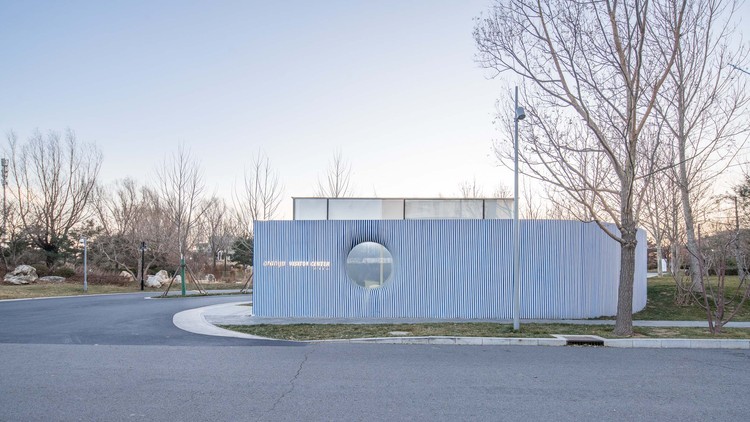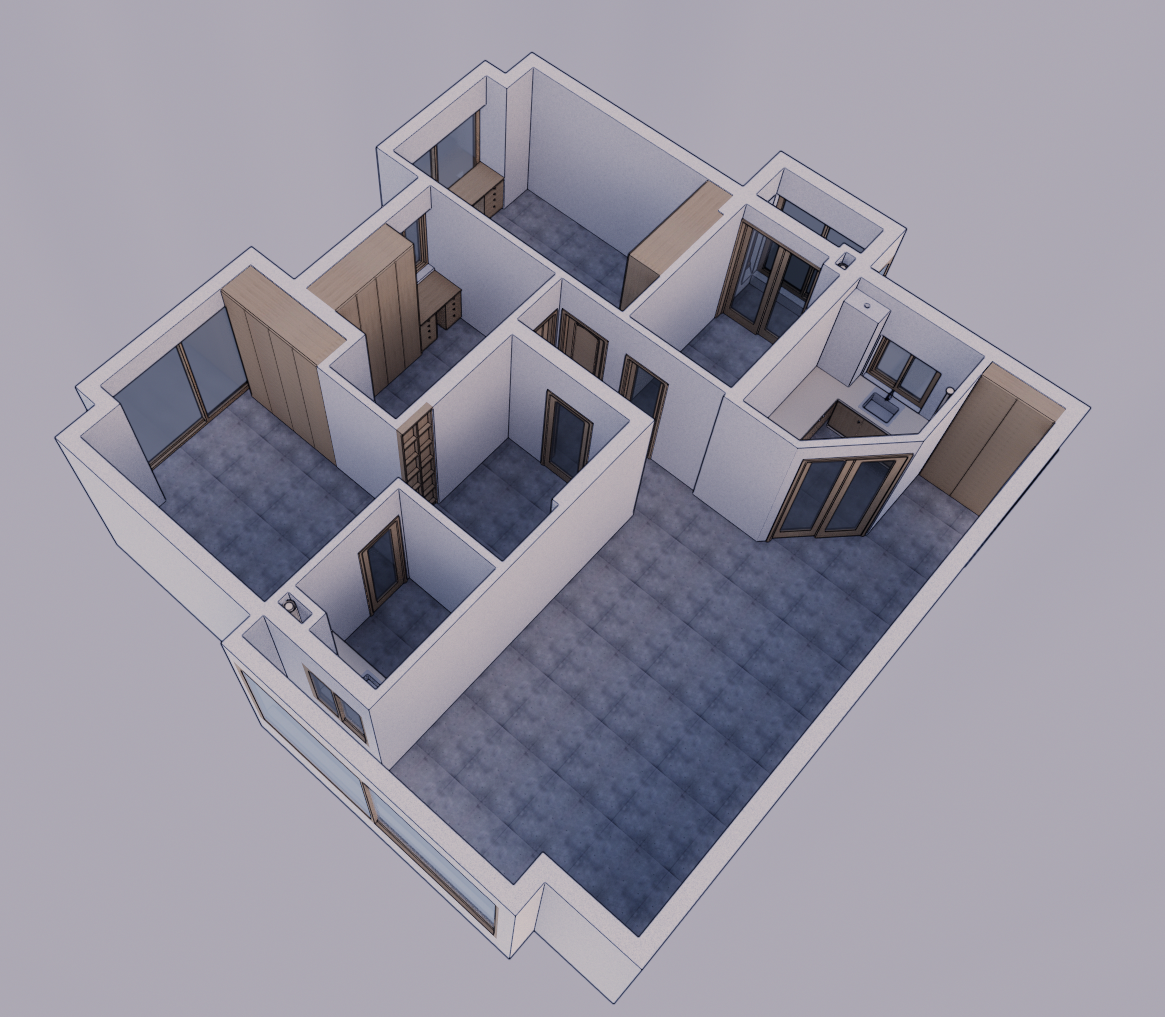TOKS Veracruz Restaurant LEGORRETA
2017-08-04 15:00
© Lucía Cervantes
(Lucía Cervantes)


架构师提供的文本描述。该项目开发的大楼位于墨西哥东部的韦拉克鲁斯市历史中心地区。这一地区完全被寺庙的内殿所覆盖,它是在十七世纪建造的圣多明各修道院的一部分。
Text description provided by the architects. The building where this project was developed is located in the Historical Center area of the city of Veracruz, in the Eastern State of Mexico. The area is completely covered by the temple’s nave that formed part of the Santo Domingo Monastery, constructed in the XVII Century.
© Roberto López
c.Roberto López


© Daniel Reyes
丹尼尔·雷耶斯


这座修道院是最早在维拉克鲁斯建立的修道院之一,随着多米尼加教团的到来,它于1624年开始建造,并于1651年结束。当贝尼托·华雷斯总统启动改革法时,该建筑群变成了私人所有,1857年,“Casa Zaldo Hermanos”仓库成立。这个地方已经运作了40多年。在二十世纪的第一个十年里,一座建筑被建在主立面和中庭的位置上,只留下侧面的正面不动,在那里可以看到一个半橙色的穹顶。
This Monastery was one of the rst that were established in Veracruz, with the arrival of the Dominican Order, and begun its construction in 1624, concluding in 1651. When President Benito Juárez launched the Reforma Laws, the complex became privately owned, and it was in 1857 when the warehouse “Casa Zaldo Hermanos” was founded. This local was in operation for more than 40 years. During the rst decade of the Twentieth Century, a building was erected where the main facade and atrium were located, leaving only the side facade untouched, where a half orange dome may be seen.
© Lucía Cervantes
(Lucía Cervantes)


这座建筑后来被用作储藏室和停车场,这就是为什么一些混凝土结构被建在它的内部周边,增加了柱和梁,这些柱和梁被锚定在庙宇的原始结构上。
This building was afterwards used as a storage and parking area, and that is why some concrete structures were built on its internal perimeter, adding columns and beams that were anchored to the Temple’s original structure




改造这座建筑的过程意味着恢复小组的合作,该小组在现场的调查工作为决策和项目发展过程提供了宝贵的信息,并发现了完全隐蔽的建筑元素,例如正面的一些窗户和内部的一些壁画,这在这一地理区域是罕见的。
The process to transform this building implied the collaboration of a restoration team, whose investigation work in the site provided valuable information for the decision making and project development process, as well as the discovery of architectural elements that were completely concealed, such as some windows in the facade and some mural paintings in its interior, which were rare in this geographical region.
© Lucía Cervantes
(Lucía Cervantes)


在恢复过程中,与INAH在Veracruz的中心(INAH是国家人类学和历史研究所)进行了密切合作,在该中心增加了一些要求,以调整现有结构和基础设施,以满足餐馆的需要。这意味着增加一个垂直循环结构连接其不同的层,或有一个假的OOR与其相应的吊索,所有的MEP装置是为了维持建筑物的原始结构。
For the restoration process, there was a close collaboration with INAH’s Center in Veracruz (INAH is the National Anthropology and History Institute), where some requirements were added to adapt the existing structure and infrastructure for a restaurant’s needs. This meant adding a vertical circulation structure to connect its different storeys, or having a false oor with its corresponding lling where all of the MEP installations were placed in order to maintain the building’s original structure.
Ground Floor




材料的选择是由各种因素决定的,这些因素考虑到了当地的气候特点、它们的抗御性和餐馆的用途,以及对建筑物的历史背景和主要用途的尊重。在整个餐厅区域的地板上,我们使用了桑托·托马斯大理石(Santo Tomás),有两种不同的饰面,一种是地板,另一种是价格边框。这是该国中部修道院的参考资料。门、窗、屏风和家具等木制品元素都是用柚木制成的,因为它对韦拉克鲁斯的气候条件有抵抗力,具有现代的设计风格,是对建筑物的尊重。在墙壁上的整理是用微妙的色调在其内部,而外部我们使用温暖的色调,根据INAH的标准。
The selection of materials was determined by various factors, where the climate features of the place, their resistance, and use for a restaurant were taken into consideration, as well as a respect for the historical background and primary use of the building. For the floor in all of the restaurant area, we used Santo Tomás marble in two different finishes, for the flooring and a valance border. This was taken as a reference of the monasteries in the central part of the country. The woodwork elements such as doors, windows, screens and furniture were made in teak, due to its resistance to Veracruz’s climate conditions, with a contemporary design, being respectful of the building. The finishing in walls was made with a subtle tone in its interiors, while the exteriors we used a warm tone according to the INAH’s standards.
© Lucía Cervantes
(Lucía Cervantes)


一些建筑物是为餐厅保留的,以便重新使用,作为一楼服务区域的一种补充。在主凹发现的结构被拆除,在那里的饮食区的位置。
Some of the structures were preserved for the restaurant, in order to reuse them as a complement of the service areas lodged in the ground floor. The structures found in the main nave were demolished where the eating area is located.
© Lucía Cervantes
(Lucía Cervantes)


该项目由一家餐厅组成,餐厅的目的地是桌子、椅子、展位和服务站,以及主要通道和前厅,它们都位于一楼。所有服务区域都位于两层,需要直接从街道进入的区域,如与餐厅直接相连的厨房位于一楼,其余的位于另一层。
The project consists of a restaurant with the areas destined for tables, chairs, booths and service stations as well as the main access and vestibule, all of them located in the ground floor. All of the service areas are located in two levels, where the ones that require direct access from the street such as the kitchen with its immediate connection with the dining area are located on the ground floor, and the rest in another level.




































































Architects LEGORRETA
Location Calle Aquiles Serdán 566, Centro, 91700 Veracruz, Ver., Mexico
Area 1457.75 m2
Project Year 2016
Photographs Lucía Cervantes, Roberto López, Daniel Reyes
Category Restaurant
Manufacturers Loading...
























